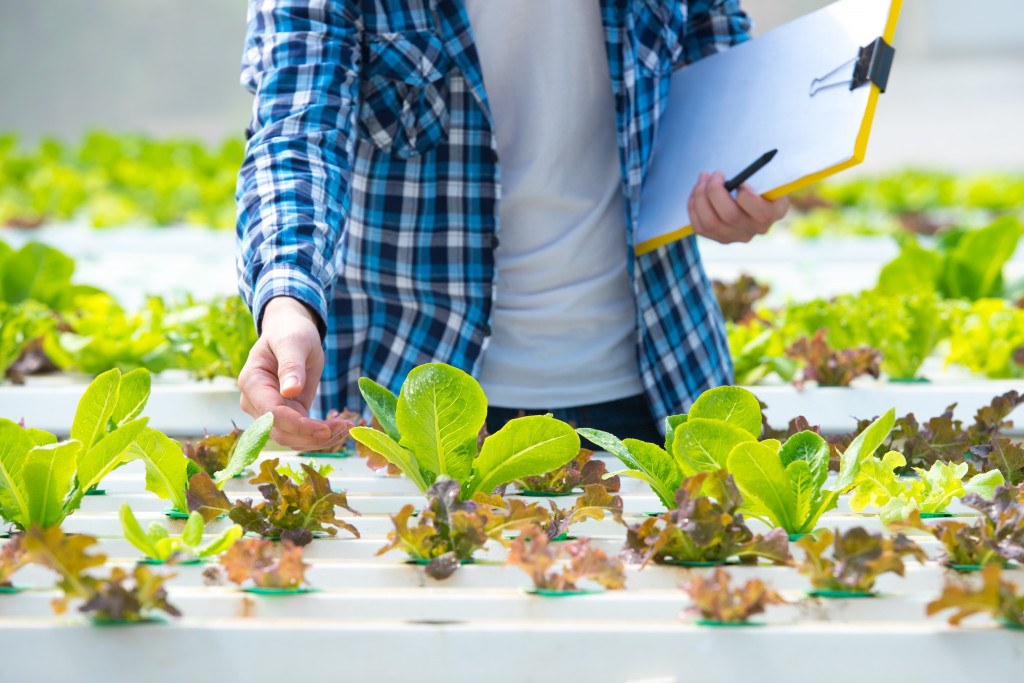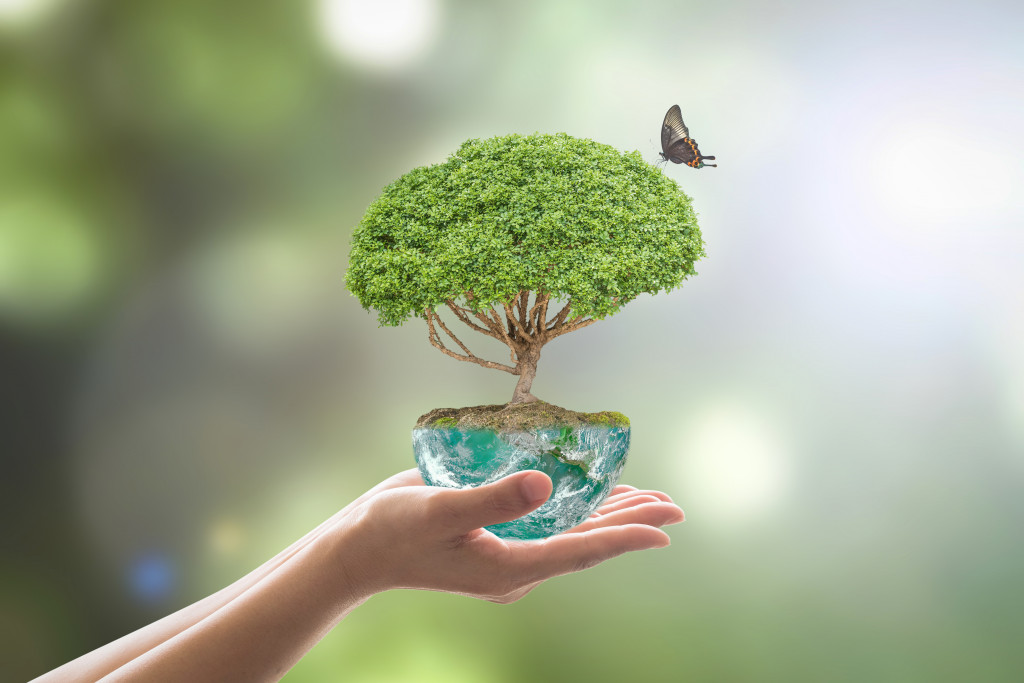Every day, we’re inundated with reports of some new environmental disaster. From the melting glaciers and toxic algae blooms to the plastic-filled oceans and rising CO2 levels, it can sometimes seem like there’s no end in sight to our planet’s downward spiral.
But despair not – because there is hope. A growing number of people are starting to realize that we need to make some profound changes if we want to save our planet (and ourselves). And they’re doing something about it.
If you’re looking to live a more sustainable life, but don’t know where to start, here are five trends you can get on board with:
Ditch disposables
From single-use coffee cups and plastic straws to paper towels and disposable diapers, our society is obsessed with disposables. And it’s having a significant impact on the environment. It’s estimated that Americans throw away 292 million tons of trash each year – much of which ends up in landfills or polluting our waterways.
So, what’s the solution? Switching to reusable alternatives, of course. Invest in a reusable water bottle, coffee mug, and set of straws. Ditch paper towels in favor of cloth ones. And if you have kids, consider using reusable diapers.
Eat less meat
The way people produce meat – particularly beef – is extremely resource-intensive and contributes significantly to climate change. The United Nations has estimated that the livestock industry is responsible for 14.5% of global greenhouse gas emissions.
Eating less meat (or no meat at all) is a solution that can work out for you. You don’t have to go completely vegan or vegetarian, but cutting back on your meat consumption can make a big difference. And it’s not just good for the environment – it’s good for your health, too.
There is no definitive answer to this question, as everyone’s dietary needs vary. But reducing how much you eat meat right now can already make a difference in your health and the environment.

Grow your food
One of the best ways to reduce your carbon footprint is to grow your food. Not only will you save money on your grocery bill, but you’ll also know exactly where your food came from and how it was produced.
If you don’t have a lot of space, you can still grow some basic fruits and vegetables in pots on your balcony or deck. Or you can join a community garden. Either way, growing your food is a great way to reduce your environmental impact. Of course, you can also build a vertical garden.
Vertical gardens are in-trend in the world of sustainable and green living. Essentially, they are shelves or towers where you can grow plants. It’s a space-saving way to have a garden, whether you live in an apartment or have a small yard.
You can add easy-to-grow plants to a sustainable living routine are mint, rosemary, thyme, lavender, and chamomile. These herbs are relatively low maintenance and can be grown in pots or on the ground. They also have a range of medicinal and aromatic uses.
Vegetables such as tomatoes and peppers can also be grown in pots on a balcony or deck. These plants require more care than herbs but can provide fresh produce for sustainable living.
Renewable energy
Renewable energy will always be a trend in sustainable living since only 12% of the United States’ energy comes from renewable sources.
There are many ways to incorporate renewable energy into your life. However, installing solar panels is the best way to go. Solar energy is far cheaper than it used to be, and there are now many options for financing solar panel installation.
You can also use renewable energy in other ways, such as investing in a wind turbine or using geothermal heating and cooling in your home.
Conserve water
Water is an essential resource, but it’s one that we often take for granted. In the United States, the average person uses around 100 gallons of water daily. But did you know that nearly 70% of that water is used for showering, flushing toilets, and laundry?
There are many ways to conserve water, such as taking shorter showers, fixing leaks, and using low-flow fixtures. You can also collect rainwater to water your plants.
Another way to conserve water is to use grey water. For example, the water left over from washing dishes or laundry. You can reuse this water to water plants or flush toilets.
Sustainable living has many benefits for both people and the environment. Following some simple trends can make your life more environmentally friendly and reduce your carbon footprint. From growing your food to using renewable energy, there are many ways to make sustainable living a part of your lifestyle.

